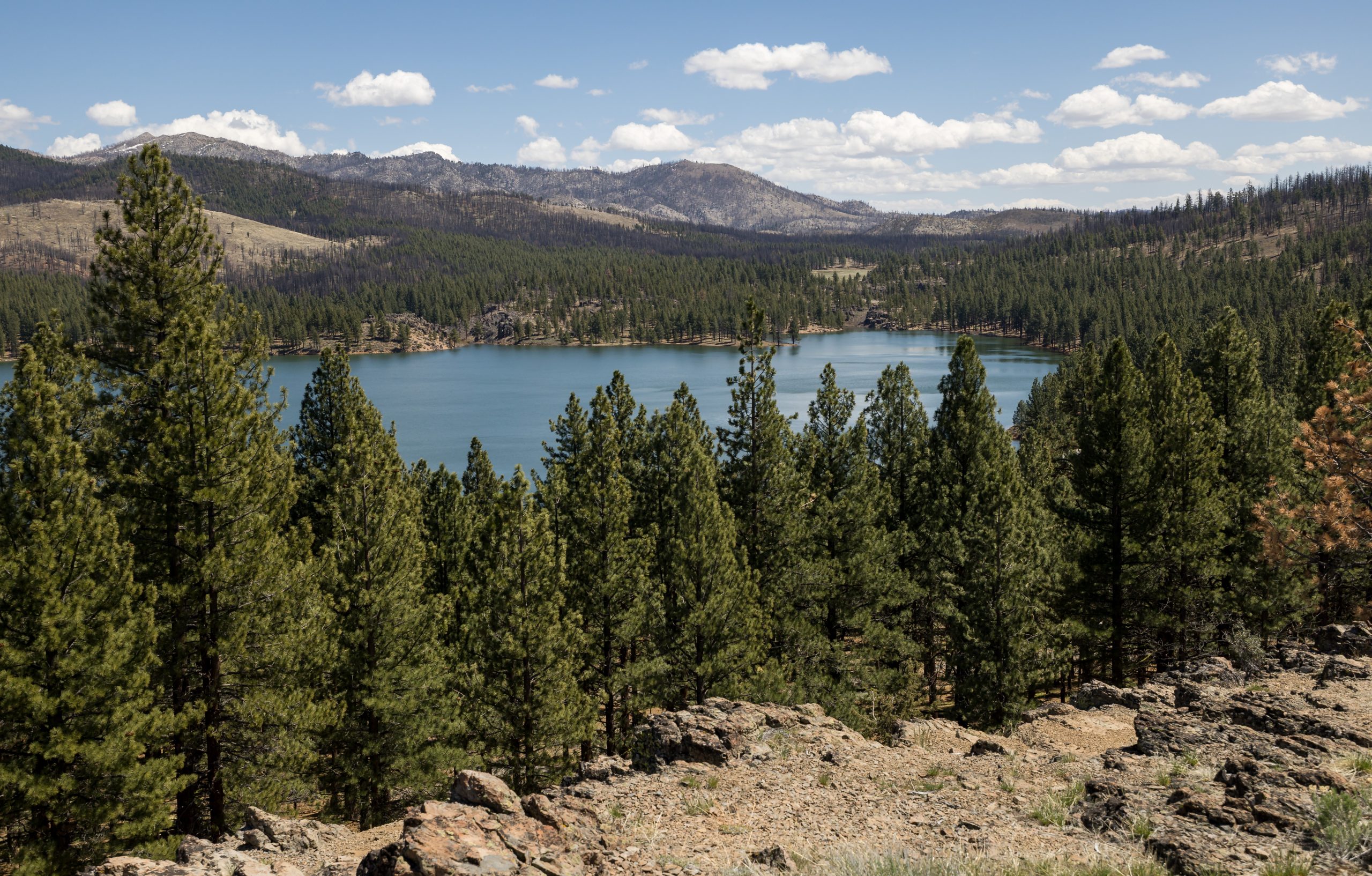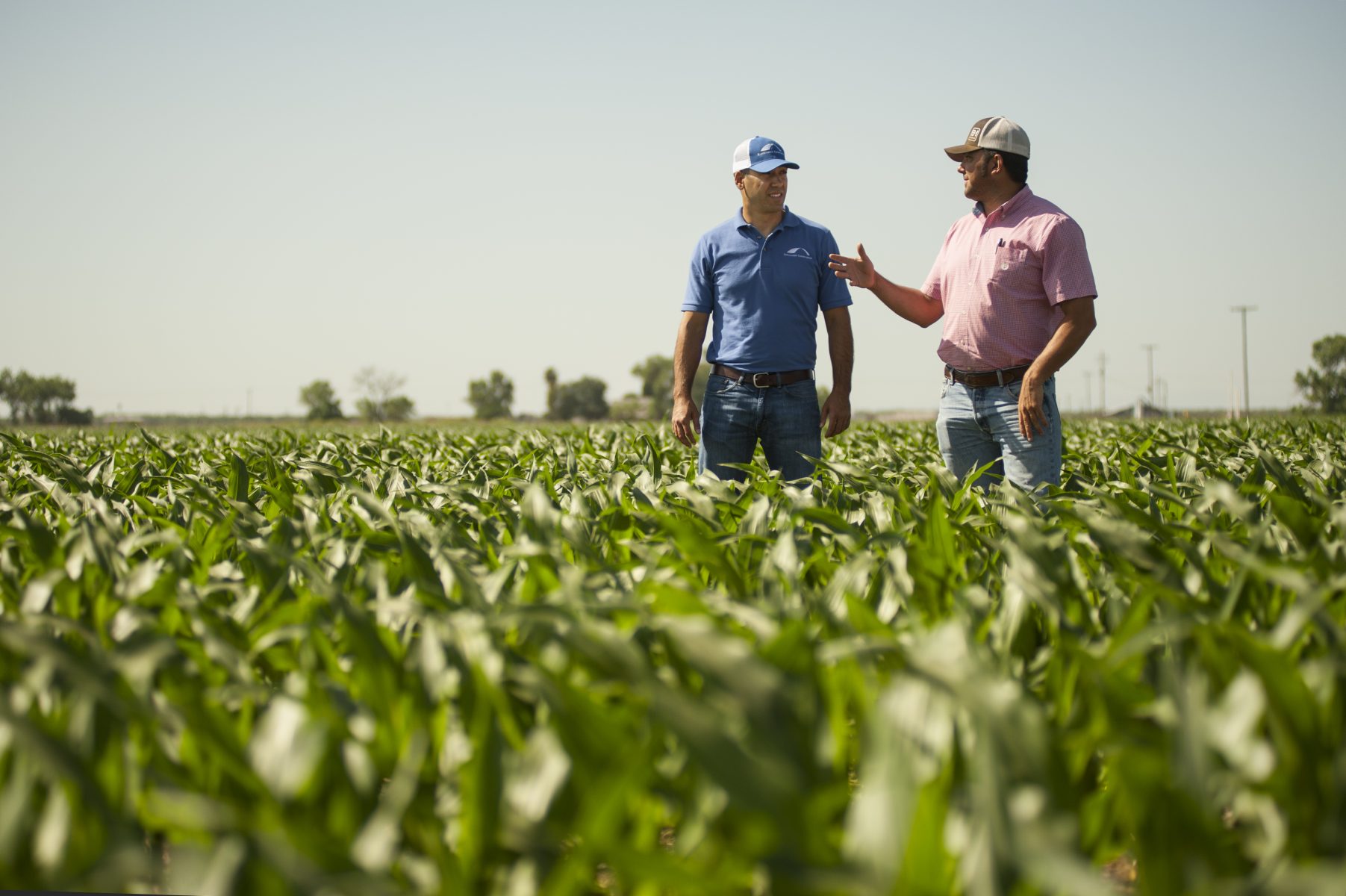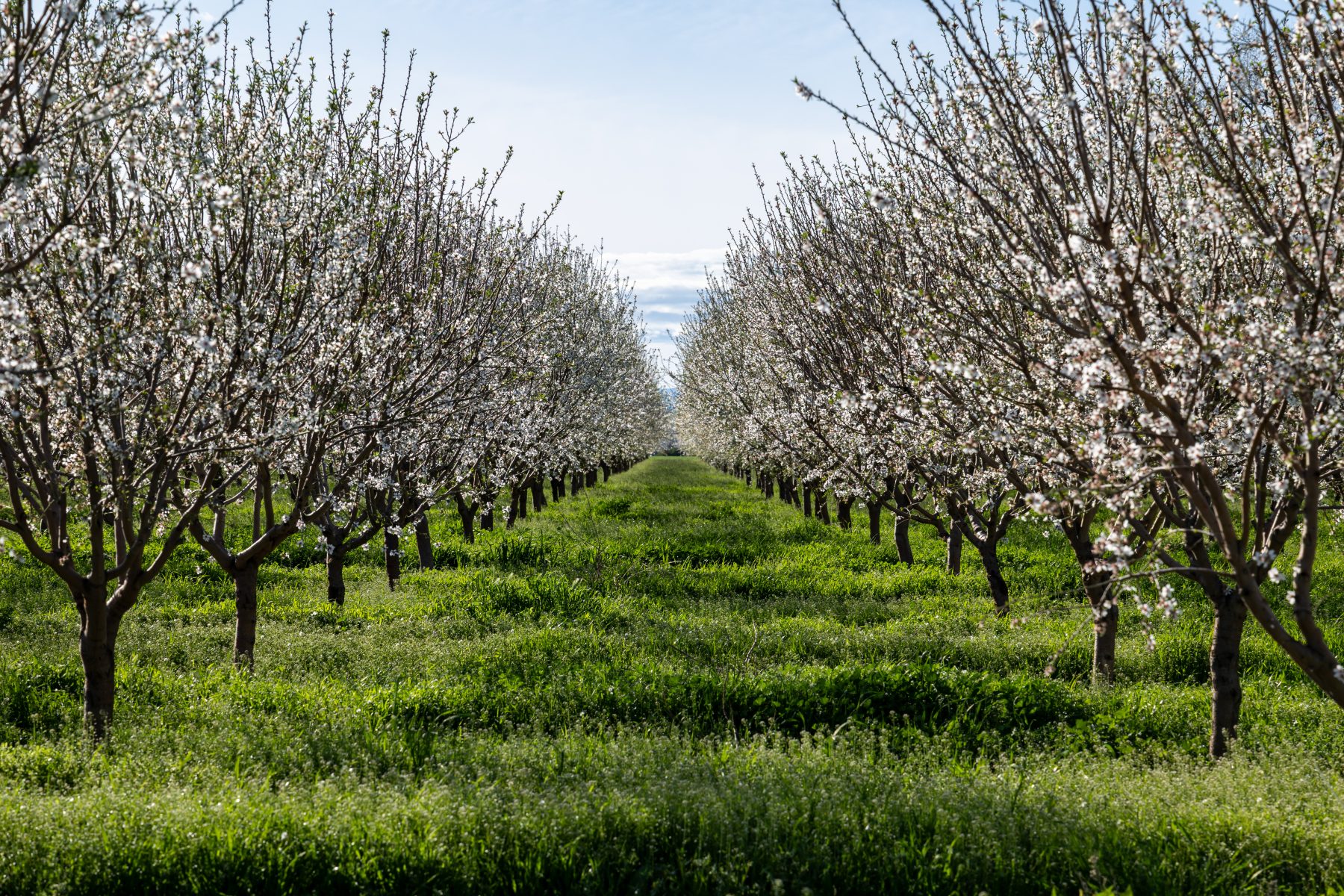By Chris Hancock and Cora Snyder, Pacific Institute
Key Takeaways:
- 10-Year Anniversary: The California Water Action Collaborative (CWAC) has united over 30 companies and nonprofits to implement 50+ water stewardship projects since its founding in 2015 in response to historic drought conditions.
- Convening Diverse Perspectives: CWAC’s unique platform brings together diverse, even competing, organizations to co-create solutions—from forest restoration and leak detection to regenerative agriculture—proving collaboration can drive meaningful water outcomes.
- A Model for Collective Action: As water stress intensifies, CWAC’s action-oriented, place-based approach is vital —and its model holds lessons for other water-stressed regions.
Water Crisis Sparks Collective Action
In 2014, California was two years into a historic drought. News coverage sounded the alarm of shrinking reservoirs, thirsty farms, wildfires, salmon die-offs, and communities losing access to safe drinking water. California’s Governor declared a statewide emergency, imploring all Californians to conserve however they could.
At the height of this drought, in May 2014, the Pacific Institute hosted a CEO Water Mandate meeting in Los Angeles, convening corporations and NGOs to discuss ways to collaborate to address water challenges. In the context of the drought, seeing brown lawns and “Call to report water waste” signs outside of their hotel, there was a palpable sense of urgency among attendees across sectors. The state was moving forward with passing its first ever groundwater management law, which would reshape water management especially in agricultural areas.
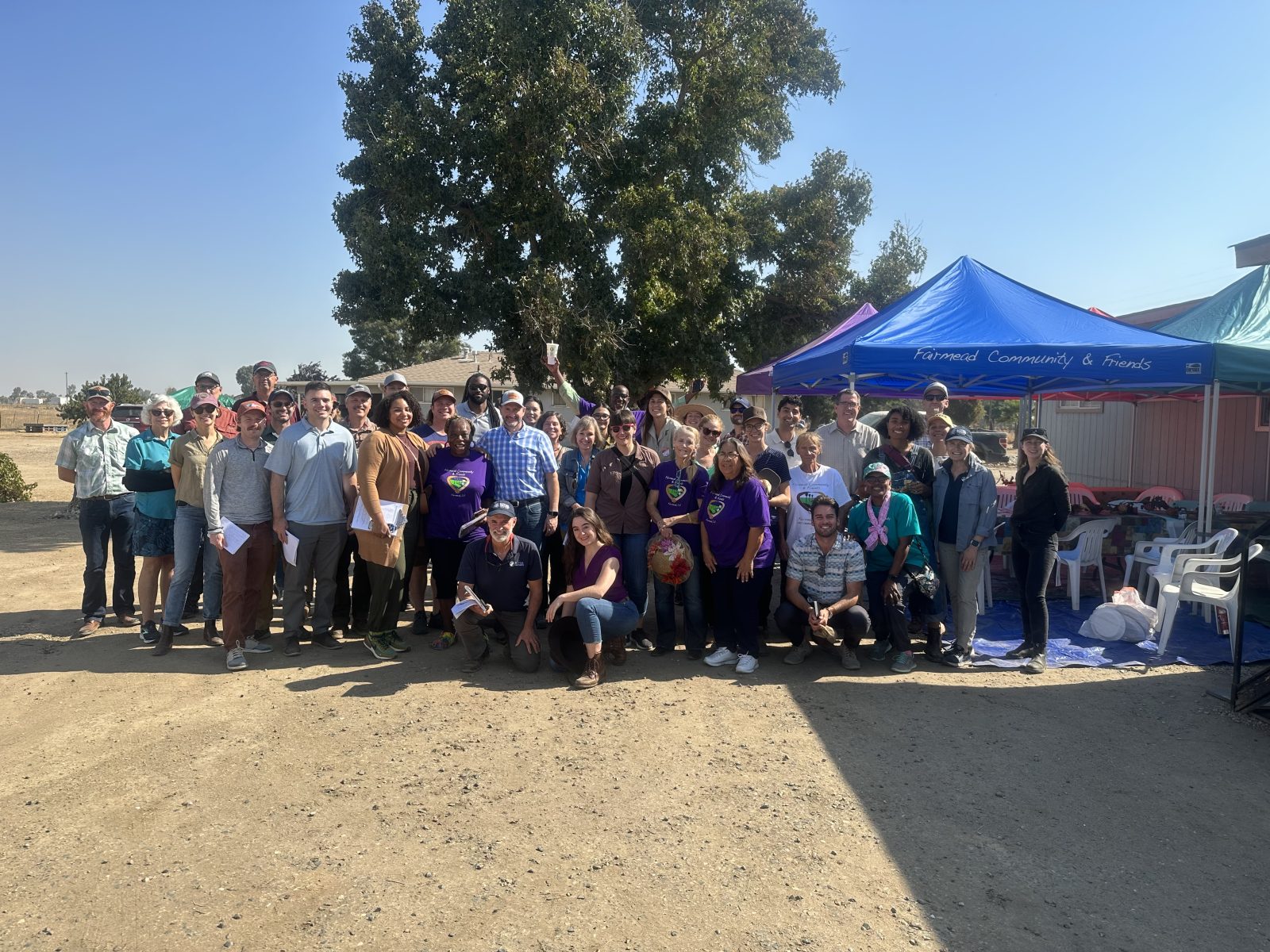
There was a shared interest in seeking solutions, a receptiveness to new ideas and partnerships, and an appetite for action. The crisis at hand unified diverse stakeholders around the possibilities for achieving meaningful action on California’s uniquely complex water challenges by working together in a new way.
Conversations among nonprofit and corporate leaders sprang from breakout sessions during the meeting and spilled over into discussions at the hotel watering hole. Meeting attendees wanted to understand California’s water challenges better, identify geographies and issues of shared interest, and work together on projects that would make positive impacts on water security in the state. Those conversations culminated in the creation of the California Water Action Collaborative (CWAC), which held its first meeting in March 2015.
“California was in the midst of a multi-year drought,” said Jon Radtke, a founding member formerly with The Coca-Cola Company who helped bring the company into the group. “Water security was top of mind. We recognized the need for collaboration to scale results and were inspired to join forces with like-minded companies and NGOs.”
Diverse Perspective Come Together
CWAC is a platform for diverse stakeholders – including leading environmental nonprofits, food & beverage companies, agricultural producers, and others – to come together, learn from each other, and pursue collective action projects to improve California’s water security for people, business, agriculture, and nature. Members collaborate and partner with the understanding that while no one company or organization can solve California’s water challenges alone, together they can help create a sustainable water future.
“CWAC fosters important discussions and learning around the greatest needs for water in California,” said Margot Conover, Regenerative Agriculture Manager at General Mills and CWAC Steering Committee Member. “The diverse membership ensures members never get stuck in an echo chamber. We’re always learning from others’ different perspectives and therefore expanding insights into what is needed and possible.”

Fellow CWAC Steering Committee member Jasmeet Kaur at The Coca-Cola Company, agrees. “One of CWAC’s most important contributions is its ability to convene and align diverse stakeholders—corporations, NGOs, public agencies, agricultural producers and environmental foundations—toward collaborative action on water stewardship.” This collaborative model has led to on-the-ground impact through over 50 projects restoring watersheds, river flows, forest resilience, improving groundwater recharge, and enhancing ecosystem health.”
The diversity of its membership extends beyond nonprofits and for-profits. CWAC members span the food and beverage, technology, consumer packaged goods, hospitality, agriculture, and environment sectors. Members even include competitors such as The Coca-Cola Company and PepsiCo.
One early memorable moment for Radtke was “when Coca-Cola and PepsiCo teamed up, along with others, on a restoration project. Seeing two long-time business rivals collaborate like that really highlighted how CWAC provides a unique pre-competitive space for companies to work together on shared water challenges.”
CWAC’s Impact and Longevity
Through a collective action approach, CWAC members have invested over $11 million in direct and in-kind support, launched more than 50 projects, and cultivated impactful relationships that have strengthened California’s water resilience. CWAC’s impact ripples beyond these numbers, with many members reporting new projects, ideas, and relationships originating in CWAC.
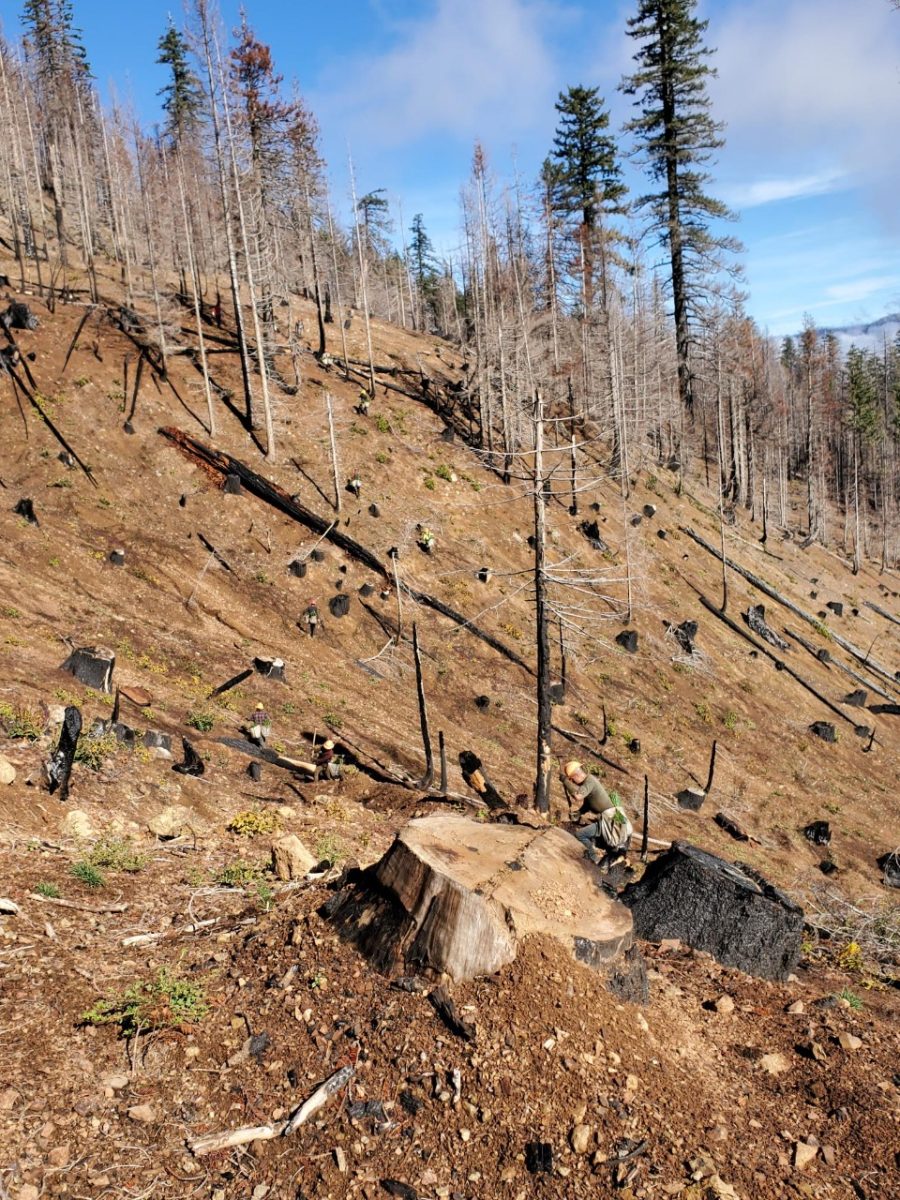
Through a diverse array of members, the CWAC portfolio comprises a diverse array of solutions. Steering Committee member Ben Wilinsky, Arbor Day Foundation, views this diversity of thought as a unique asset.
“[CWAC’s] agnostic opinion about solutions is also meaningful,” said Wilinsky. “I think about their ability to highlight projects like ours in response to the Camp and Carr Fires in Northern California in comparison to the Pacific Institute’s toilet leak detection as being on the far ends of the water solution spectrum, but both worthy of the spotlight.”
Over the past decade, CWAC has evolved from a casual working group to an action-oriented network of more than 30 companies and nonprofits, facilitated and managed by Ag Innovations, a nonprofit based in California.
Enabling a strong network has required strong support from Ag Innovations to foster communication and mutual understanding, enhance project development abilities, and facilitate problem-solving and alignment to sustain the network’s work. “By curating high-impact learning and relationship building using learning journeys, speakers, and supporting member-led interests, Ag Innovations has helped members see new ways to make innovative change, together, in California’s water landscape,” said Robert Gould, Managing Facilitator at Ag Innovations.
“The 10-year anniversary stands out,” said CWAC Steering Committee member, Aaron Brown, Cox Enterprises. “It is impressive that a collaborative such as CWAC has lasted a decade and still has strong momentum.”
“Think about [CWAC’s] longevity,” said Wilinsky. “10 years of creating meaningful dialogue and exposing so many practitioners (including me) to the space. The impact of this recruitment will have a ripple and wave effect for many years.”
The impressive longevity of CWAC is no happy accident. It’s a product of CWAC’s intentional approach to project co-design. “CWAC nurtures innovative approaches to water resilience by supporting co-creation and shared goal setting in projects,” said Conover. “This approach can be slow but ensures that projects have needed stakeholder buy-in and multiple sources of funding, both of which help ensure longevity.”
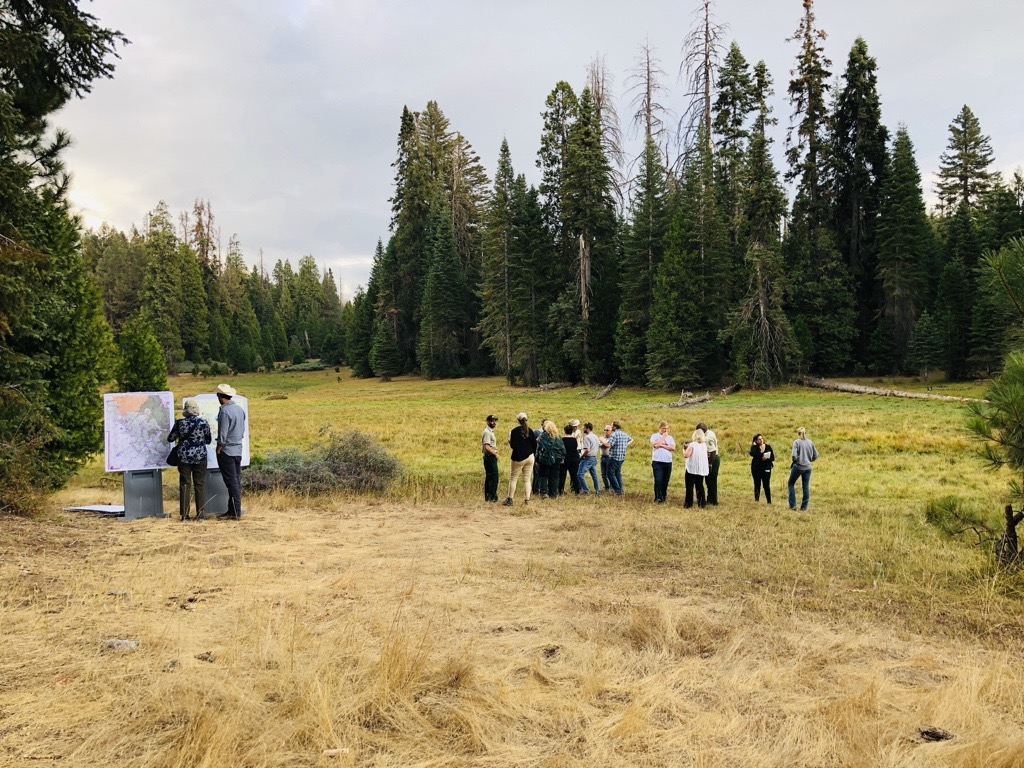
A fundamental value of CWAC is action – it’s in the name. The group’s founding members, which included brands like Coca-Cola and General Mills, along with nonprofits such as The Nature Conservancy, Sustainable Conservation, and the Pacific Institute, demanded more than just discussion. They insisted on impact.
“From the beginning, the collaborative was focused on driving action,” said Radtke. “Instead of sitting around and talking about what should be done, the focus was on implementing impactful projects.”
That action orientation was built into project management from the outset through a simple rule: CWAC projects must include at least three members who make meaningful contributions through funding or expertise.
What made CWAC different from other efforts in 2015? “First, the focus on action and that everyone contributes in some way,” said Dan Sonke, a founding member of CWAC, formerly with Campbell Soup Company. “Second, the intentional collaboration between corporations with goals and interests, and NGOs with projects to address them. Most other water groups in California at the time seemed to focus on activism or education.”
By 2017, CWAC adopted a framework to define common goals and intended project outcomes for its collective action initiatives. The framework, developed by the Pacific Institute with contributions from other CWAC members, married the policy objectives of the California Water Action Plan and the United Nations Sustainable Development Goals 6, 11, and 13 into six overarching impact areas. CWAC aimed to develop projects that address water resilience in ways that yield multiple benefits in the following six outcome types, shown below:

CWAC in Action
Over the past 10 years, CWAC members have collaborated to implement more than 50 projects. Projects have ranged from reforestation in the Carr and Camp fire footprints to technology-enabled leak detection in affordable housing to improved manure management in the Central Valley.
Looking Ahead
California’s water system, a mind-boggling array of natural and engineered infrastructure, is among the most complex in the world. California’s water resources support the 5th-largest economy in the world, sustain over 38 million residents, and irrigate most of the country’s nuts and fresh produce. Water scarcity is rapidly increasing due to unsustainable uses and decreasing supply reliability. At the same time, climate change is amplifying droughts, wildfires, and extreme weather, putting even greater stress on already overdrawn systems.
In this landscape, CWAC’s model of collaborative, place-based investment is not just relevant, it is essential. By connecting work across watersheds and sectors, CWAC is helping businesses, NGOs, farmers, and funders take a holistic view. “CWAC helped me understand the significant complexities of water in California and that we need to be acting from summit to sea and not just where we think our impact is,” said CWAC Co-Founder Jeff Hanratty, formerly of General Mills, now with Ducks Unlimited.
The need for this kind of partnership has only grown since CWAC’s founding, and the stakes for people, ecosystems, and economies are only getting higher. The scale and complexity of the challenges also mean the lessons emerging from California can have broader implications. “CWAC operates well and has a good business model that could be exported,” said Aaron Brown, CWAC Steering Committee Member from Cox Enterprises. Whether in other U.S. states, transboundary basins, or global water-stressed regions, CWAC’s approach of co-creation, shared learning, and collective investment offers a path forward.
Looking ahead, CWAC’s future impact will depend on expanding the circle of participation and ambition. “Ultimately, the challenges are mounting –like wildfire and forest loss–, and our solutions are not keeping up with the scale of the challenge. We need more corporates, more funders, and more big-idea thinking to continue to chip away at the challenges,” said Wilinsky.
That future requires both immediate action and bold imagination. “CWAC’s role to play is to continue pushing companies to act on what is possible today, while simultaneously envisioning a much different future for water in California,” added Conover.


